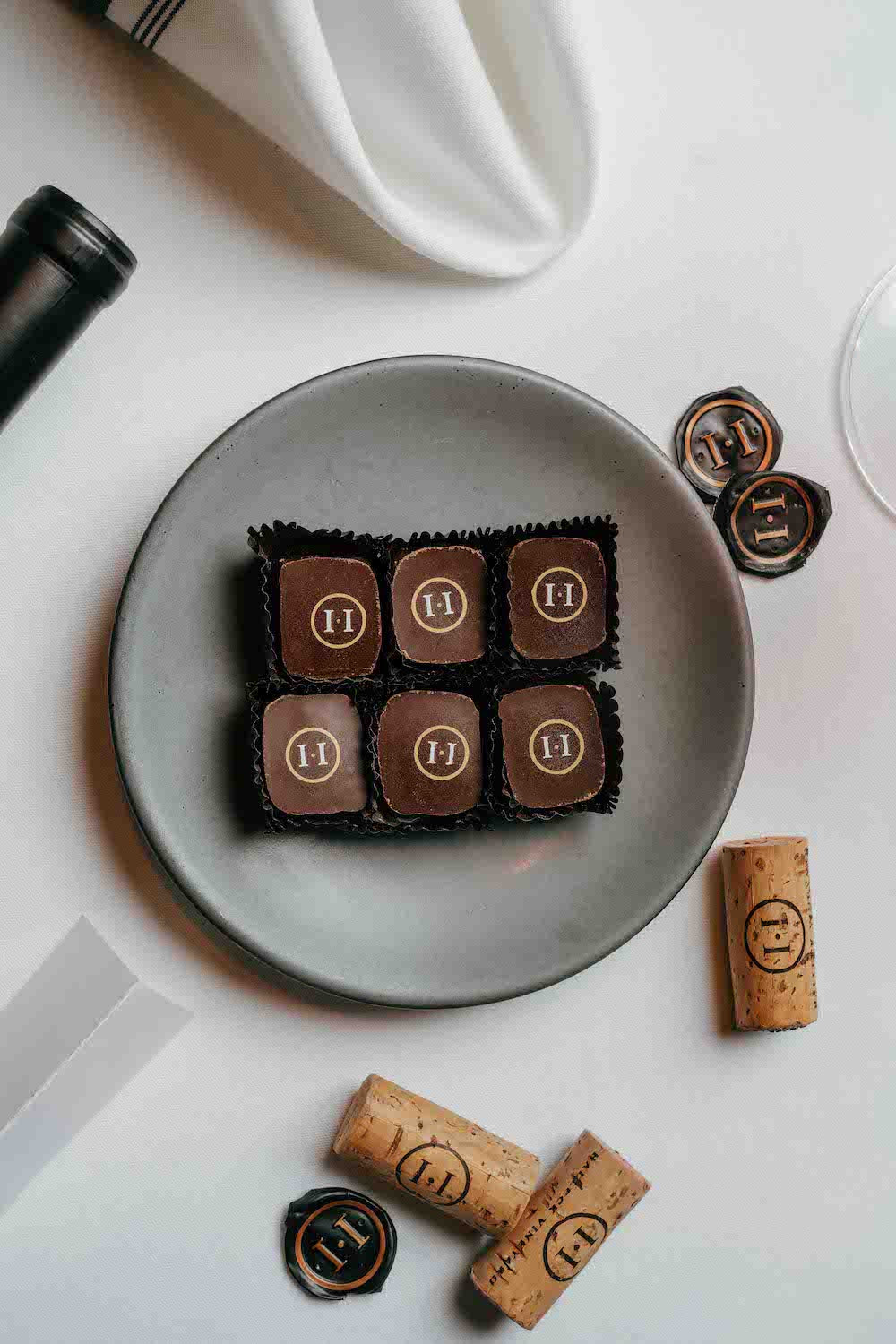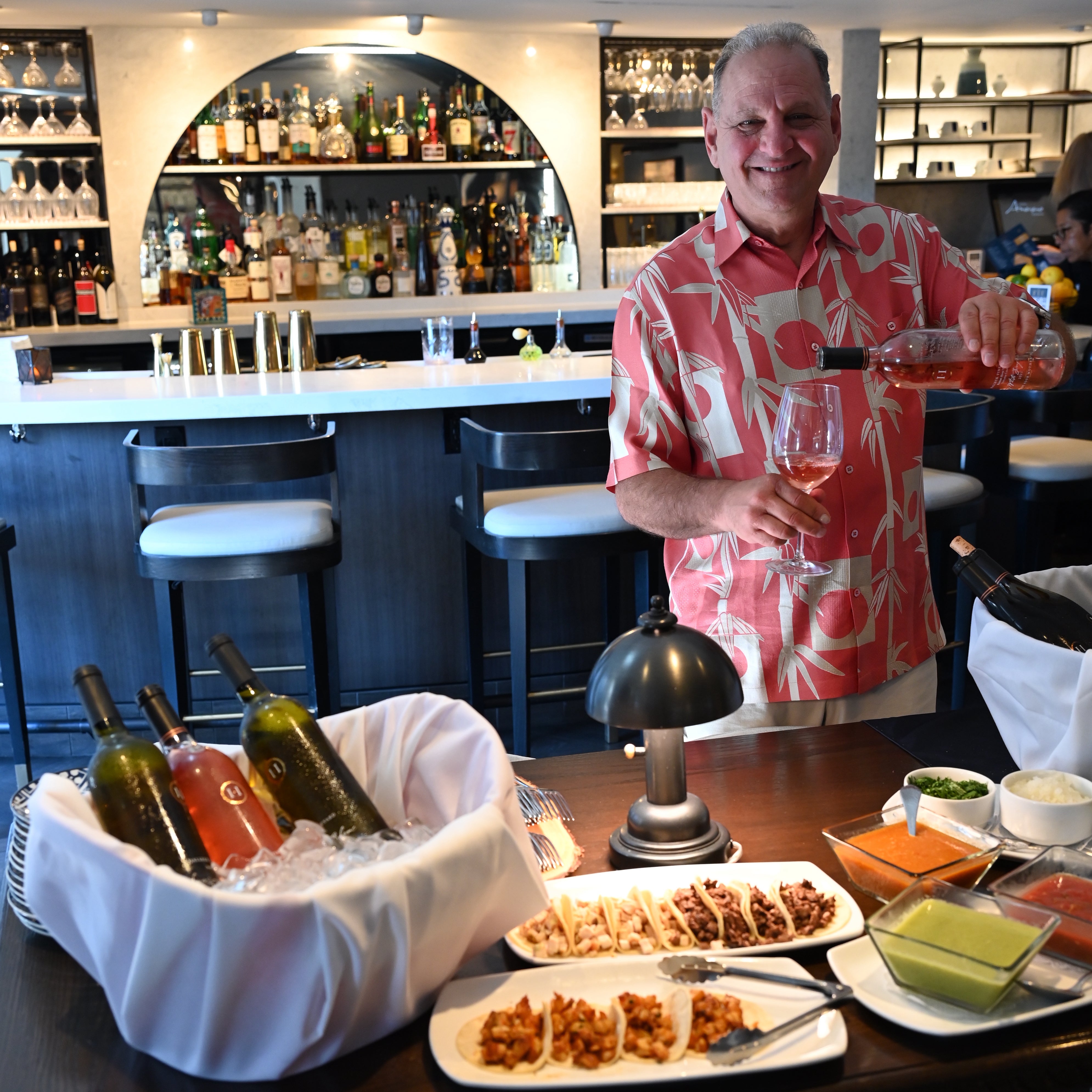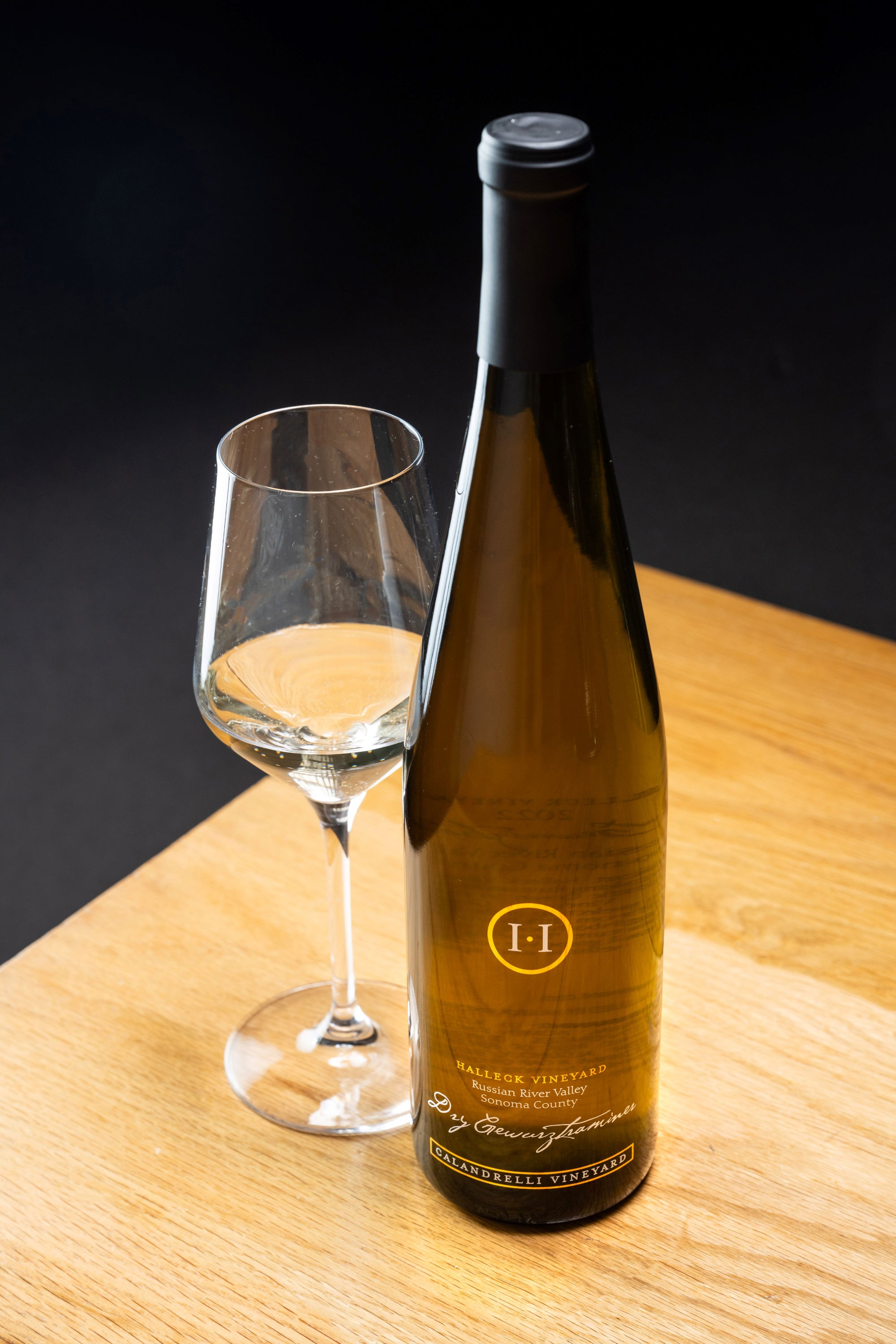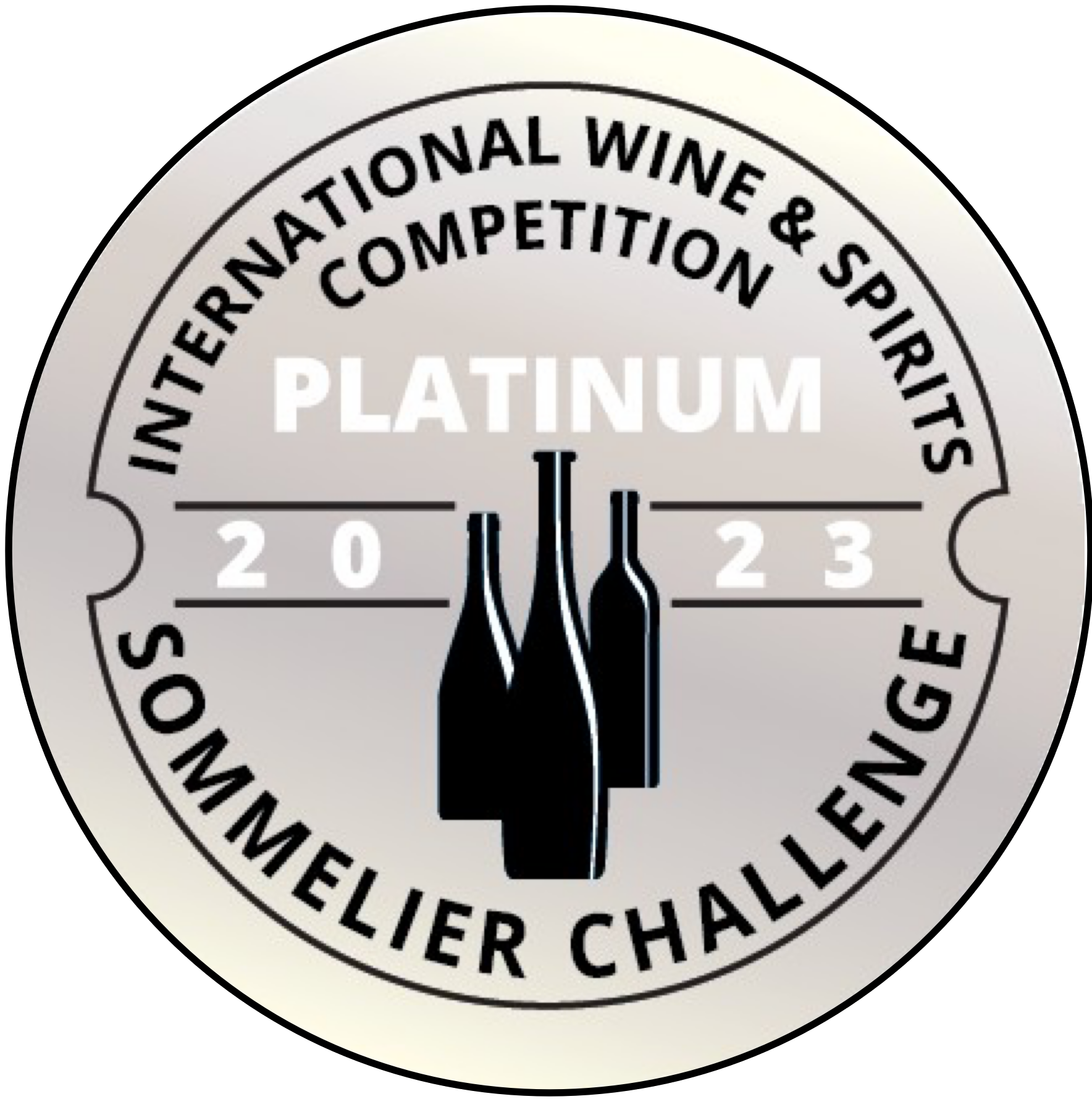Wineries Showcasing Local Art And Crafts - Discover Sebastopol's Wine Scene
Wineries Showcasing Local Art And Crafts - Discover Sebastopol's Wine Scene
Blog Article
Wineries In Green Valley - Sonoma Wine Region Vineyards
Wine tasting is an art that requires practice and an understanding of various aspects concerned within the course of. One essential element of wine tasting is the development and interpretation of tasting notes, which serve as a guide for both novices and seasoned connoisseurs. A Guide To Understanding Winery Wine Tasting Notes can enhance your wine-tasting experience, making it more significant and pleasant.

Tasting notes are concise descriptions that capture the essence of a wine’s flavors, aromas, and overall character. Often composed by professional tasters, winery tasting notes provide insights into the nuances of varied wines. They may help wine enthusiasts understand what to anticipate from a selected bottle. However, tasting notes can differ broadly in style and detail based mostly on the author's experience and palate.
Wineries With Live Music Events Occasionally - The Beauty Of Sebastopol Wineries
When you first method a glass of wine, your senses will start to engage immediately. The sight, smell, and style of the wine will converge to offer you a complete experience. Tasting notes usually begin with the visible assessment, the place the color of the wine is taken into consideration. Colour performs a big function in indicating the wine’s age, grape selection, and even its flavor profile.
After assessing the visible facet, the following step includes swirling the wine in the glass. This motion aerates the wine, permitting its aromas to awaken. Smelling the wine offers crucial perception into its complexity. The preliminary sniff can ship a flood of scents which will include fruity, floral, natural, or earthy notes. This is usually the most subjective a part of tasting, as particular person experiences can dramatically differ.
In winery tasting notes, descriptors are often categorized into major, secondary, and tertiary aromas. Main aromas normally stem from the grape variety, secondary aromas derive from fermentation processes, and tertiary aromas arise from aging. Understanding these classes can help you respect the depth of a wine, and so they also give you the vocabulary to specific your experience better.
Wine Tasting Tours In Russian River Valley - Sonoma Vineyards Worth Visiting
Following the olfactory encounter, your focus will shift to the taste of the wine. This is where the first characteristics—sweetness, acidity, tannins, alcohol—come into play. Tasting notes typically detail these flavors in a number of dimensions, together with the preliminary attack in your palate to the lingering end in your tongue. A high-quality wine will present a harmonious balance between these components.
Whereas tasting, it's essential to ponder the physique of the wine, which may be described as light, medium, or full. The physique contributes considerably to your overall impression, helping you consider how the wine pairs with food or whether it stands alone as a sipping wine. Balancing the body with the opposite characteristics will give you a fuller understanding of what the wine has to supply.
The finish of the wine, also referred to as the aftertaste, is one other important aspect typically included in tasting notes. A long, nice end usually indicates a better quality wine, whereas a brief or cloying aftertaste may recommend in any other case. Evaluating the finish can supply additional perception into the wine's complexity and distinction.
Understanding the context of winery tasting notes can be valuable. Tasting notes can provide contextual details about the winery's location, local weather, and grape-growing practices. This context provides one other layer of appreciation for the wine, permitting enthusiasts to connect the sensory experience with its origins, thus enhancing the enjoyment further.
Vineyard Picnic Spots In Sonoma Valley - Sebastopol Wine Experiences
Many wineries present tasting notes on their web sites or labels, Sonoma wine tasting recommendations. often written in an approachable but informative style. Nevertheless, not all winery tasting notes are created equal. Some could additionally be overly technical, while others might prioritize advertising flair over insightful evaluation. Learning to navigate these notes can arm you with the knowledge to make informed selections when selecting wines.
Taking Part in tastings at wineries also can deepen your understanding of wine tasting notes. Interacting with educated employees may give you a extra hands-on strategy to exploring different wines and the language used to explain them. Family Friendly Wineries With Outdoor Spaces. You Will have the chance to ask questions, engage in discussions, and probably refine your palate in real time.
Experimentation is crucial for mastering wine tasting notes. As you pattern completely different wines, try making your personal notes. Focus on describing the wine’s shade, aroma, style, and finish. Over time, you’ll develop a private vocabulary that resonates with your sensory experiences. Every note you create will assist refine your palate, allowing you to appreciate wines at a deeper stage.
Wineries Hosting Seasonal Events - Sebastopol's Best Wine Trails
In conclusion, a Guide To Understanding Winery Wine Tasting Notes provides a complete framework for diving into the world of wines. It equips you with the strategies and language necessary to articulate your experiences. Whether you are a informal drinker or a dedicated aficionado, understanding and using tasting notes can profoundly influence your wine journey. This information not only enhances your enjoyment but also connects you deeply with the wealthy narratives each bottle tells. By embracing this journey, you turn out to be a part of the attractive mosaic of wine culture, where each sip unveils a new story waiting to be found.
- Wine tasting notes typically embody a variety of sensory descriptions, together with aroma, flavor, acidity, physique, and end, permitting tasters to completely respect the wine's characteristics.
- To enhance your understanding, familiarize yourself with common wine terminology corresponding to "tannins," "oakiness," or "terroir," which might help decipher the notes extra effectively.
- A systematic approach to tasting involves first visually assessing the wine's color and clarity, followed by swirling to release aromas, then inhaling and describing what you experience.
- Taking notes throughout tasting can help establish patterns over time, bettering your palate and making it simpler to recall preferences for future choices.
- Don't overlook the influence of food pairings; tasting notes can differ greatly when a wine is enjoyed with complementary flavors, altering notion and pleasure.
- Pay attention to the wine’s vintage, as weather conditions in a given 12 months can considerably have an result on the final product, including one other layer to the tasting notes.
- Think About the winemaker's style and philosophy, which can form the wine's profile and influence how its notes evolve with each sip.
- Working Towards with completely different grape varieties can broaden your vocabulary; each type brings distinctive characteristics that may improve your capability to articulate tasting notes effectively.
- Participating with wine professionals or attending tasting events can present useful insights, offering a richer context for understanding personal tasting notes.
- Bear In Mind that tasting is subjective; particular person preferences and experiences will shape Top Sonoma wineries to visit. one’s interpretation of the identical wine, enriching the overall enjoyment of wine exploration.
What are wine tasting notes?
Wine tasting notes are descriptive comments made by tasters concerning the appearance, aroma, style, and end of a wine. They provide an outline of the wine's characteristics and might help customers understand the style and quality of the wine.
Wineries With Artisan Chocolate Pairings In Sonoma - Greatest Wine Tasting Locations In Sonoma
Why are tasting notes important when deciding on wine?
Tasting notes can guide you in selecting a wine that suits your palate. They present insights into flavors and aromas, serving to you to match wines with food or occasions. Understanding these notes enhances your general wine experience.
How ought to I learn wine tasting notes?
(Wine Tasting Tours In Russian River Valley)
Wineries Ideal For Romantic Getaways - Sonoma Wineries With Vineyard Views

When reading wine tasting notes, take note of the construction: look for descriptions of shade, aroma, flavor, and end. This will assist you to grasp the wine's profile and decide if it aligns together with your preferences.
What phrases commonly seem in wine tasting notes?
Frequent terms embrace "tannin" (the structure), "acidity" (the crispness), "physique" (the weight), and various flavor descriptors like "fruity," "earthy," or "spicy." Familiarizing yourself with these phrases can deepen your understanding of wine.
Wineries That Offer Barrel Tastings - Wine Tasting In Sonoma County

Can I create my very own tasting notes?
Yes! Writing your individual tasting notes can improve your wine tasting experience. Focus in your observations of style, aroma, and different sensory characteristics. This personal practice might help you refine your palate over time.
How do I determine the aromas in wine tasting notes?
Scenic Vineyard Tours In Sebastopol - Craft Wineries In Sonoma
To establish aromas, practice smelling a variety of scents and associating them with wines. Swirl the wine in your glass to release its aromas, then take a moment to breathe in deeply before identifying any outstanding scents.

What is the distinction between professional and private wine tasting notes?
Professional tasting notes may use extra technical language and particular terminology, while personal tasting notes are subjective and mirror particular person experiences. Both are useful for understanding and having fun with wine, however personal notes may resonate extra along with your unique tastes.
How can tasting notes enhance my wine appreciation?
Historical Wineries To Visit In Sonoma - Iconic Wineries Of Sebastopol
Tasting notes can improve your appreciation by serving to you to grasp and articulate the complexities of wine. They encourage conscious tasting and supply a framework for comparing totally different wines, resulting in a richer enjoyment of the beverage.
Are there any apps or tools to help with wine tasting notes?
Yes, there are a number of apps designed to assist customers report and arrange their tasting notes. These tools often offer options like flavor wheel guides and wine database searches, making it simpler to trace your journey via totally different wines. Report this page